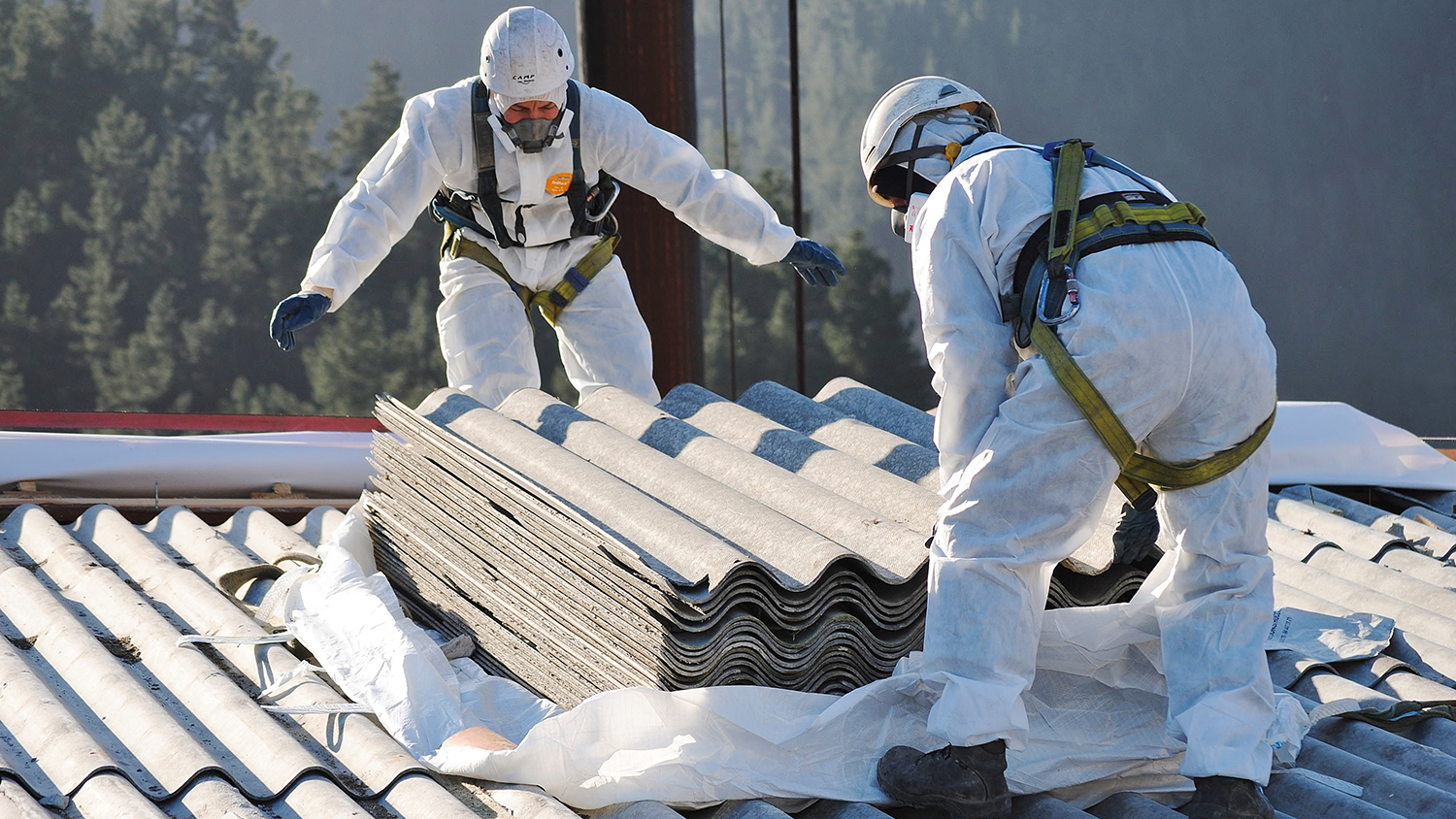
As Mesothelioma Awareness Day approaches on 26 September, Amanda Stubbs provides an update on the legal framework to safeguard workers from the risks of asbestos-related ill health.
The Control of Asbestos Regulations 2012 (CAR 2012) have been on the statute book for more than 10 years. Even in 2012 the legislation was not new: equivalent regulations from 2006, 2002, 1987 and earlier had been in force.
A total ban on the use of asbestos in construction has been in place since 1 January 2000, yet the number of people exposed to asbestos has been rising year on year. According to the HSE, asbestos kills around 20 tradespeople a week and over 5,000 people a year die from diseases such as mesothelioma, lung cancer and asbestosis.
There is typically a long lead-in time between a potentially fatal exposure and proof of asbestos-related injury or illness. Today’s statistics were predetermined years ago. But it is still disappointing that more cannot be done to prevent many unnecessary deaths.
Duty on employers and property owners
The CAR 2012 imposes a duty on employers and property owners who have responsibility for repair or maintenance works within non-domestic premises to manage the risk posed by asbestos through carrying out suitable and sufficient surveys. The regulations are then reinforced through a number of Approved Codes of Practice (ACoPs) and other guidance. In particular, HSG-264 Asbestos: The Survey Guide, focuses on minimising risks associated with asbestos surveying work.
Unless specifically stated, it is not a requirement to comply with all the various guidance documents available. But the HSE will generally consider that enough has been done to comply with the law if this is done.
“The HSE has prosecuted a number of companies that have carried out refurbishment works out of hours, but left shoppers the next day exposed to fibres following inadequate containment.”
ACoPs are different, as they have a special status in law. If someone is prosecuted for a breach of health and safety law and it is shown that they did not comply with the requirements of the ACoP, they will be found at fault by a court if they cannot show they complied with the law in some other way. This effectively reverses the burden of proof for the benefit of the prosecution.
A duty to whom?
As an employer in control of a workspace where some form of building or maintenance work may disturb asbestos, there is a duty to take reasonable steps to keep safe those who could be affected by these activities.
The duty to take care extends to employees, which includes subcontractors and individual tradespeople as well as those on the payroll. It also includes occupiers of the building in which the works are taking place, and visitors to that building.
The HSE has prosecuted a number of construction companies that have carried out demolition or refurbishment works out of hours in retail units, but who have left shoppers the next day exposed to fibres following inadequate containment or cleaning procedures.
Other cases concern scenarios where the material being stripped out is not identified as asbestos at the outset. This leaves the workforce unnecessarily exposed.
Nonetheless, many of those exposed to asbestos each year are not in a workplace. They are DIY enthusiasts operating in the apparent safety of their own homes, blissfully ignorant of the hidden dangers. The law is not able to protect them.
Tools of the trade?

“Even if the asbestos is unanticipated, employees who have received training are more likely to spot asbestos and take appropriate action.”
Employers who commission works within their properties, and contractors who take on those contracts, each have a duty to ensure that any asbestos-containing materials (ACMs) present have been considered, their position identified and, where present, the type, amount and condition noted.
This could take the form of a desktop risk assessment study commissioned by the building owner. Or it could be an onsite survey carried out by the contractor prior to the start of work. Whoever undertakes the risk assessment must be competent to do so, with sufficient knowledge and expertise to make informed decisions about the risks and the measures to put in place to manage them.
Management surveys will usually identify suspected ACMs, but may not entail intrusive sampling and testing. Therefore such surveys must presume that materials contain asbestos unless there is strong evidence that they do not.
Risk assessment method statements
Having identified the potential presence of ACMs, contractors – whose workforce or subcontractors are likely to be working in close proximity – must prevent anyone being exposed to fibres released from the materials as a result of the works.
This should be achieved through preparation of a risk assessment method statement (RAMS). This needs to set out step-by-step how the risks from these materials will be managed. This could include adequate ventilation, controlled wetting and use of enclosures. In addition, stipulating decontamination procedures for equipment and PPE, much of which will be single use, to avoid offsite contamination.
Asbestos training
Where asbestos is a known risk, it is necessary to ensure that those liable to work on or disturb ACMs have had sufficient training. Even if unanticipated, employees who have received training are more likely to spot asbestos and take appropriate action.
Employers must provide staff with PPE, including respirators if necessary. Sufficient training must also be provided to enable decisions to be made about whether to remove asbestos and, if so, whether a licensed removal specialist will be required.
HSE licences
Certain types of ACMs can only be removed by someone who holds an HSE licence. Work on asbestos coating, asbestos insulation and asbestos insulation board, particularly where the removal work is not sporadic or of low intensity, will typically be licensable.
The intensity is determined by the type of material and whether removal is likely to take more than two hours in any seven-day period, and whether any one person would need to work for more than one hour in that two-hour period. While the HSE offers guidance on licensable work, decisions should be based on the perceived level of risk.
Liability
There are no safe levels of exposure to asbestos. In the UK the extent of understanding and risk management is dependent on employers and contractors checking that those on their sites have had adequate training to enable everyone to work safely.
Even where a dutyholder has delegated responsibilities to a highly qualified specialist, the Management of Health & Safety at Work Regulations 1999 make it clear that this does not completely remove the accountability of the dutyholder.
Furthermore, research shows that only 30% of tradespeople – including electricians, plumbers and joiners – are aware of the correct measures for safe working with asbestos.
The pool of competent individuals is small and we need greater efforts to prevent exposures and unnecessary deaths continuing.
Amanda Stubbs is a partner at Trowers & Hamlins and specialises in health, safety and environmental law.












